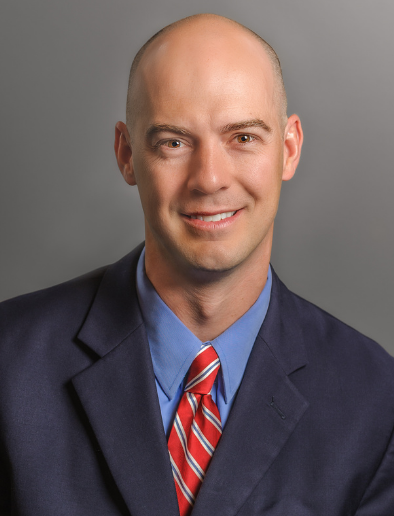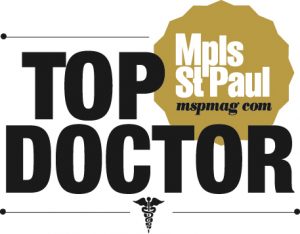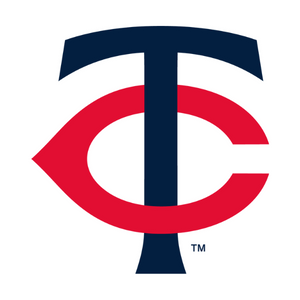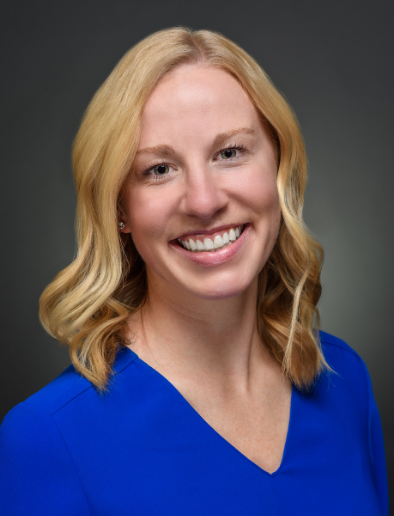My brother and I were born with cystic fibrosis (CF), a genetic condition in which the body produces thick, sticky mucus that can clog the lungs. Growing up on a farm south of Fargo-Moorhead, we were just your typical active kids, playing softball, basketball, and football. As a girl, I loved football, and even played on the boy’s tackle football team in through 9th grade. I continued my basketball and pole vaulting careers at the University of Minnesota, Morris, while also playing numerous intramurals. During my junior year, the first devastating injury occurred while I was playing intramural flag football. I made a cut to avoid the defender and hyperextended my knee. I knew instantly I had torn my right ACL, and I was right.
I remember distinctly after the tear that my first concern was not for my knee, but my lungs. Physical activity is crucial for maintaining good airway clearance with CF, and I was worried that the long rehabilitation period would decrease my lung function to a new low and potentially never return to the pre-injury level. Within two weeks, I was diagnosed, had surgery and was in physical therapy in Morris, MN. I rehabbed diligently and sat out the entire basketball season, which was even more difficult because I had finally earned a starting role. During the rehab process, needing a way to maintain my lung function lead me to a competitive outlet in triathlons. Swimming straight, running straight and biking straight were safer for my ACL, but I missed cutting sports, especially football. The following year, I returned to basketball, playing my senior year and leading the team to a birth in the national tournament; however, my range of motion never fully returned and knee pain persisted.
In 2017, three years after my ACL tear, I signed with the Minnesota Vixen, a women’s semi-professional American football team based in Minneapolis. Every practice, scrimmage and game left me feeling energized and alive, like I was playing the sport I was meant to play. I loved it and played very well in the first four games of my rookie season as an outside linebacker. I intercepted and returned three passes for a touchdown. Then, while playing our rivals in Kansas City, I made a cut to tackle an opponent and felt my right leg give way. Trainers misdiagnosed the injury as a hamstring spasm, but I knew deep down that my ACL was gone, again. I found myself looking down the long, bleak road of 9-12 months of physical therapy and possibly never touching the field again. Another period of time where I both needed to rehab my knee and somehow maintain my lung function. I did it once, I could do it again.
I remember talking to my dad on the phone right after the injury. “Maybe you shouldn’t play football again,” he suggested softly. I wasn’t expecting my gut reaction to be so strong. I just knew I had to play again. “No,” I said, “I’m going to work my butt off and be ready for the next season. I’m going to do it because I can and because I love football.” He understood and told me to get working.
I had my ACL surgery, using the patellar graft this time, with TCO surgeon, Dr. Corey A. Wulf, less than two weeks after the injury. Within a week I was on the sidelines of the football field, cheering for my teammates at every practice and every game. Beyond rehab, I devoted myself to any type of fitness I could do to keep my lung function high, including crutching to the grocery store and back. My physical therapist told me I would be back running within 8 weeks, and with her help, I was. In March 2018, nine months after the surgery, I was cleared to play football, just in time for the Vixen’s first football game of the season. I definitely did not feel fully recovered, but was able to do my job on the field. However, I suffered from excruciating knee pain stemming from the patellar tendon. This pain kept me from using proper mechanics, reduced me to tears while driving, and persisted even during sleep. After trying self-training and a few places around the Twin Cities with no luck, I feared this was a pain I would have to live with for the rest of my life.
I kept searching for the help I needed, and ultimately found the solution at Training HAUS, which had just opened in Eagan. Training at “the HAUS” has been one of the best decisions I have ever made. I started going to Training HAUS four mornings a week. There, I found out that my surgical leg had barely 50% of the strength of my non-surgical leg and that I had been severely overcompensating for the entirety of my 2018 football season. I was extremely fortunate to not have torn my ACL yet again, all-while helping the Vixen reach the national championship game and earning All-American status in the process. At the Training HAUS, Chris and Michael continually worked to develop the best possible customized plan to improve my quad strength, reducing my knee pain, and to make me performance-ready for the upcoming football season, which started in April. Almost instantly, I saw a difference as the pain started to subside and my running form, cutting form, and overall explosiveness improved.
The combination of rehabilitation and performance training I continue to receive at Training HAUS is unparalleled. My TCO hero is Chris Doney, one of my athletic trainers at Training HAUS, who has devoted countless hours to creating specialized training programs focused on isolating and strengthening my quad. Using the Biodex, a machine that measures muscle strength, we were able to track my improvements from 50% quad strength when I started to over 85%. I am still working towards complete symmetry. The knee pain has subsided, something I did not think was even possible a year ago. My TCO comeback has not been a linear process, but I cannot say this enough, I feel the best I have felt in SIX years (prior to my first ACL tear), and much of that thanks goes to my hero(s) at the Training HAUS, Chris and Michael. With commitment and a whole team behind me, I am entering my third season with the Minnesota Vixen fully healthy–lungs and knee, pain-free, and ready to compete. #HAUSBuilt






